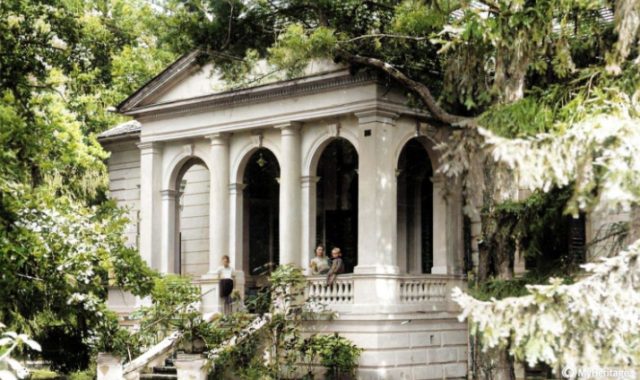Context
The new zoning plan will determine the form of development of České Budějovice and its surroundings for decades to come. Part of its preparation was a participatory process, which made it possible to involve a wide range of actors – mayors of surrounding municipalities, representatives of important companies, developers, institutions and the residents themselves. The aim was not only to present the basic principles and vision of the plan, but also to gather feedback and identify the needs of all groups involved in the life of the city and the region.
Zoning planning is a complex process that affects transport, housing, civic amenities, landscape and economic development. In order for the new plan to take into account all these areas, a dialogue was gradually conducted with individual groups of actors.
How we proceeded
First, a series of workshops with mayors of surrounding municipalities, company representatives, developers, and institutions took place. These meetings allowed each actor to present their priorities, challenges, and specific proposals. Following these professional workshops, an information meeting with the public was held, aiming to make the spatial planning process more understandable for residents. Visitors could browse information panels explaining the individual stages of plan preparation, the timeline, and the main topics. The team of architects working on the spatial plan also gave presentations, and space was provided for individual consultations. Thanks to this format, people could ask direct questions about issues such as transport, new housing areas, or the protection of greenery, and receive answers directly from the planners.
Results of participation
The outputs from the entire process provided important input for the design part of the zoning plan. In addition to expert studies and data, the developers also work with the specific priorities of municipalities, institutions, investors and the public, thanks to which the zoning plan can be created not only as a technical document, but as a real tool for the long-term and sustainable development of the city and its surroundings.



